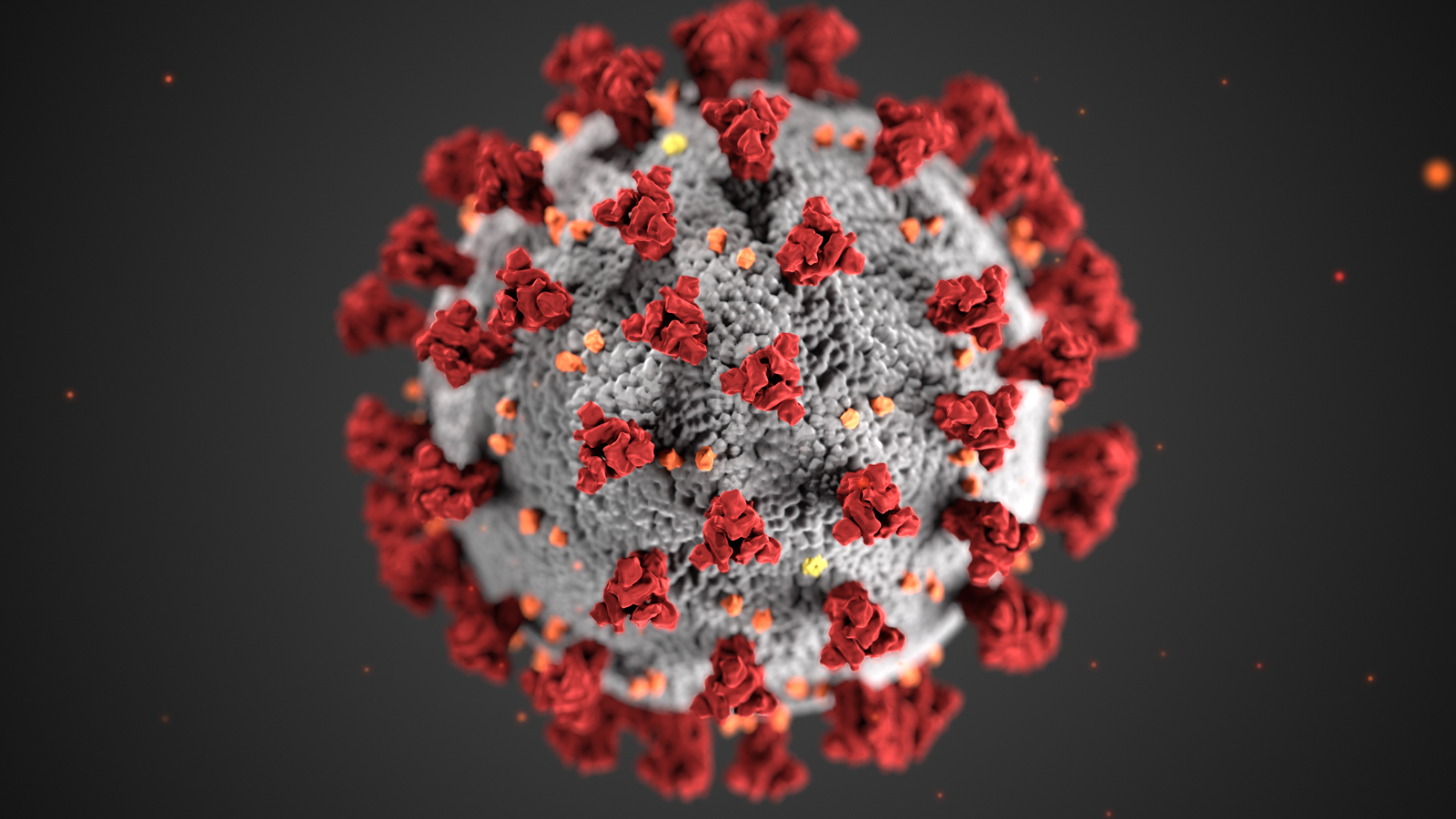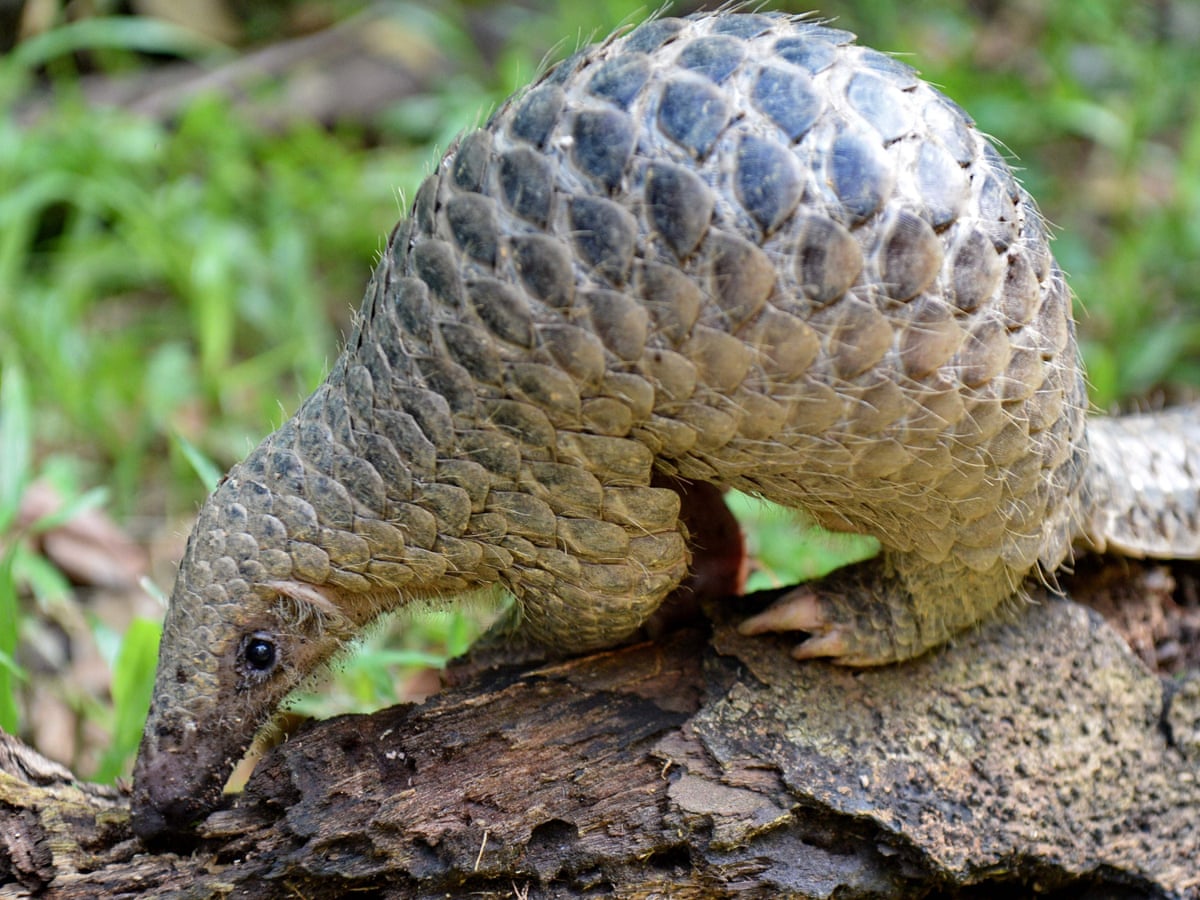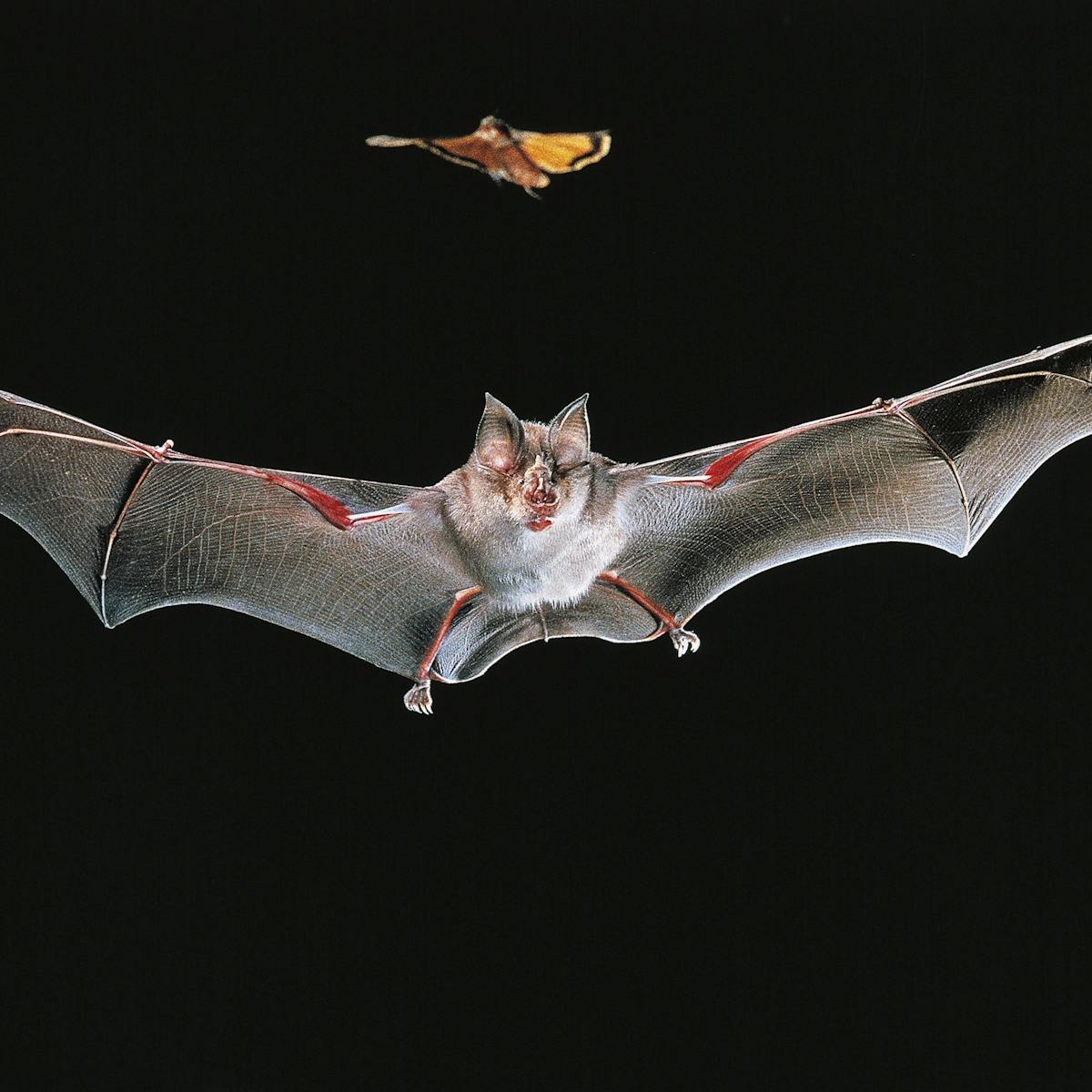
A joint World Health Organization-China research on the origin of coronavirus said that according to a copy of a draft that lab leaked, it is most likely to transmit the virus from bats to humans through another animal.
These findings provide few new insights on how the virus emerged, and although it can still be expected, many problems have not been solved yet. But the reports do provide more detailed information about the reasons behind the researchers’ conclusions. The team proposed further study in every field except the laboratory leak hypothesis.

Animals Are The Most likely Source Of Coronavirus!
The report has been closely watched because discovering the source of the virus can help scientists prevent future pandemics. However, China bristles at any suggestions that it is to indict for the current one, the report is also extremely sensitive.
The publication of the report has been delayed repeatedly, raising questions about whether China is trying to distort its conclusions.
US Secretary of State Antony Blinken said in a recent CNN interview that we are genuinely concerned about the methods and procedures for preparing the report, including the fact that the Beijing government is assisting in the preparation of the report.
China rejected this criticism on Monday. The United States has been expressing its opinions on this report. Foreign Ministry spokesperson Zhao Lijian asked: In this way, isn’t the United States going to put political pressure on the members of the World Health Organization expert group?
The report is mainly based on a visit by a World Health Organization international expert team to Wuhan, the Chinese city where coronavirus was first discovered in China, from mid-November to mid-February.
In the draft obtained by the Associated Press, the researchers listed 4 situations in the order of the likelihood for the evolution of the COVID-19 named SARS-CoV-2. They believe that it may be a disease spread by bats through another animal.

They assessed the possibility of direct transmission from bats to humans and said that the possibility of transmission through cold chain food is possible, but not likely.
It is known that bats carry the COVID-19. In fact, close relatives of the virus that causes COVID-19 have been found in bats. However, the report said: It is estimated that the evolutionary distance between these bat viruses and SARS-CoV-2 may be as long as decades, which implies a missing link.
It stated that a highly similar virus has been found in pangolins, which are another mammal, but also pointed out that minks and cats are susceptible to the coronavirus, indicating that they may also be carriers.
The Associated Press received the first draft from World Health Organization diplomats in Geneva on Monday. It is not clear whether the report may still be changed before it is released, although the diplomat said this is the final version. The second diplomat also confirmed the report. Both were denied recognition because they did not have the right to publish it before release.
The World Health Organization did not directly respond to calls and emails seeking comment. A World Health Organization expert, Peter Ben Embarek, who leads the Wuhan mission, said on Friday that the report has been finalized and is undergoing fact-checking and translation. He said: I hope that in the next few days, the whole process will be completed and we will be able to publish it publicly.
The draft report is unconcluded, and it is believed that whether the outbreak commenced in the Wuhan seafood market, which is the earliest cluster of cases, occurred in December 2019. Other cases found before the outbreak in the South China market indicate that the epidemic may have started elsewhere.
However, the report pointed out that there may be some milder cases that have not been discovered, which may be a link between the market and earlier cases.
The report said that it is thus not yet possible to draw definitive conclusions about the role of the South China Huanan market in the outbreak or how to introduce this impact to the market.
This market was an early skeptic because some stalls sold a variety of animals, and some people doubted whether they brought the new virus to Wuhan. The report pointed out that many animal products are sold in the market, including everything from bamboo rats to deer, which are often frozen, including live crocodiles.

As the epidemic spread worldwide, China found samples of the virus on frozen food packages entering the country and, in some cases, tracked their local outbreaks.
The report said that it is well known that the cold chain may be the driving force of the long-distance virus transmission, but it is doubtful that it may have caused the epidemic outbreak. The report said that this risk is lower than that of human-to-human respiratory infections, and most experts agree.
Studies have shown that since the initial pandemic wave, there is some evidence that SARS-CoV-2 (COVID-19) may be reintroduced by handling imported contaminated frozen products in China, but this is extraordinary in 2019 because the virus was not widely spread.



